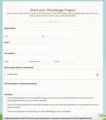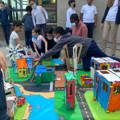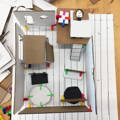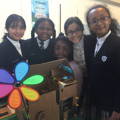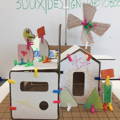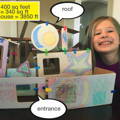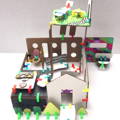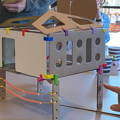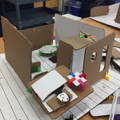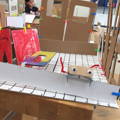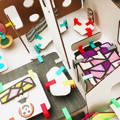Lesson Plan
Tiny House
Literacy meets STEM in this fun-filled team-building project for K - 5 learners. Project inspired by If I build a House by Chris Van Dusen and Iggy Peck, Architect by Andrea Beaty
Grades: K - 5 Duration: 3 - 5 class periods (45-60 min per class) Subjects: Math, Literacy, Engineering, Sustainability


- Lesson Plan & Rubric
- Student Workbooks
- Educator Resources
- Materials
- Standards
- Share Projects
Required Material:
Optional Material:
Optional Material:
We LOVE to brag about our 3DuxDesign Innovators! Here are some ways to share:
1. Post your projects with us on social using the tag and hashtags @3duxdesign #3duxdesign
2. Submit your project using this form for a chance to be featured on the 3DuxDesign Global Student Showcase!
3. Send us photos of your project, your sketches, your story, and any videos
















